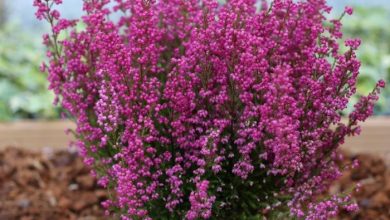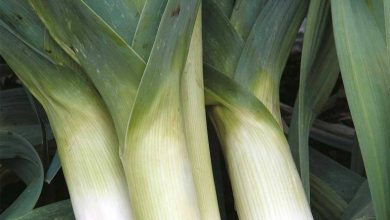What are permanent terraces? How to make terraced gardens
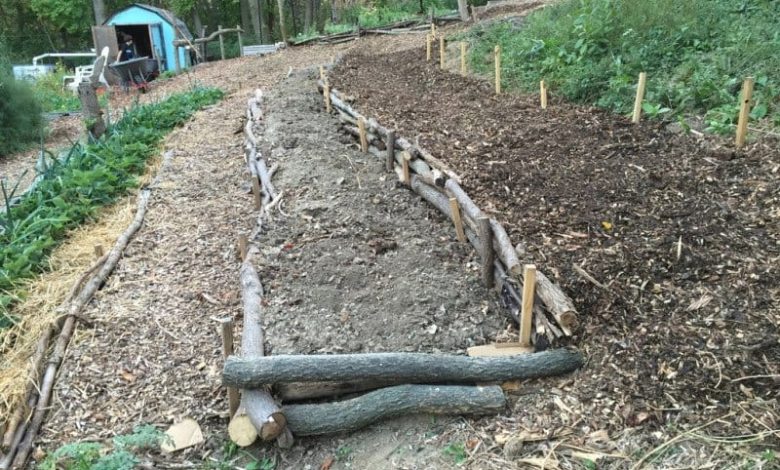
Very good to all Agrohuerters. Today I am here to talk to you about permanent terraces, an alternative when building and planning your orchards that ultimately saves you effort, time and money.
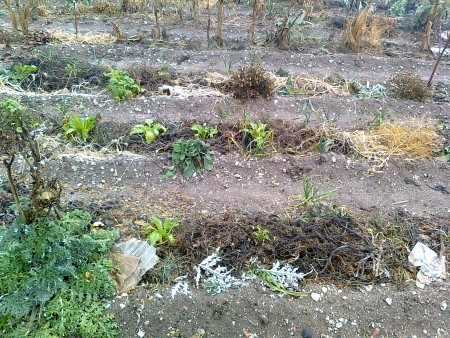
What are permanent beds?
The permanent terraces do not have a special architectural construction or are treated with certain chemical products, it is simply a terrace in which we sow perennial, perennial or self-seeding species in such a way that year after year they will bear fruit again without the need to rework the land or buy seeds to plant.
Permanent terraces are one of the fundamental pillars within permacultural techniques, if we think about it it makes a lot of sense since with these permanent terraces we manage to save many resources and energy (land, seeds, work, water, etc…) covering our nutritional needs.
How to build permanent beds
The construction of permanent terraces does not attend so much to the materials but rather to the symbiotic association between the species that are going to be cultivated, something similar to edible forests but without introducing tree species. You also have to pay special attention to what you are going to incorporate into the soil so that it maintains its fertility year after year…
The first tasks are the most important, since the idea is not to pick up the hoe again for those permanent terraces (or at most to carry out some shallow task on time), so when you already decide on the space for the permanent terraces and you have the ground clean of weeds and tillage, add a good layer of compost or manure and good padding that maintains moisture and helps this organic matter take longer to degrade over time.
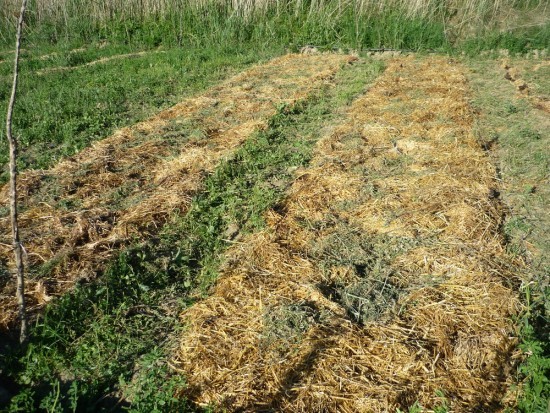
Now the perennial species that you want to cultivate in these permanent beds come into play, bear in mind once again that these beds will not enter the usual crop rotation and the idea is that they last several years, when deciding which species come into These permanent terraces have two options:
monoculture
There are perennial species that require more contributions of organic matter and nutrients, for this reason I have decided to separate them in monoculture so that they do not reduce the development of other species in the same terrace. Although its production may be less year after year, permanent terraces with a single crop are very convenient as they are planted only once, thus saving a lot of effort.
The most recommended species to cultivate permanent terraces in monoculture are potatoes, artichokes or asparagus, perennial species par excellence. You can also plant tomatoes (or other species) and let the ripe fruit fall naturally into the ground and germinate by itself, it is another way of making permanent terraces without using perennial species.
It is important that the seed you use in the first sowing is not hybrid, since it will not germinate again the following year.
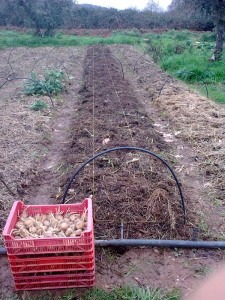
To improve the fertility of the terrace, you can associate these monocultures with green manures (chickpeas, lentils, peas, vetch, titarro) that cover the bare or less padded areas. These fertilizers will provide organic matter and nitrogen once you mow them and incorporate them into the terrace itself by means of shallow work or by adding them to the existing padding.
One of the problems that monocultures present is that they are more exposed to possible pests and diseases that affect the garden, due to insufficient biodiversity within the terrace. Try to establish these terraces near an aromatic area to avoid problems.
Association of crops in terraces
Knowing a little about the philosophy and advantages of permanent terraces, I will show you how I would make a feasible crop association so that the space lasts over time, we can harvest several crops and do not present health problems.
At the beginning of the terrace I would place an aromatic bush, something small that does not consume many nutrients, lavender or rosemary and if you want to get more out of the plant, a good oregano.
Then I would continue with an association that would maintain the fertility of the soil in the long run, cover it completely and prevent even more against pests and diseases. This selection would be composed of:
- Species + Soil fertility: The aforementioned green manures and perhaps some low-growing beans.
- Species + ground cover: Maybe with green manures and mulch we already have the ground well covered, but it never hurts to add some strawberries or spinach from New Zealand…
- Species + Protective against pests: Mainly aromatic, but these are more intended for the kitchen, such as basil, mint, peppermint, etc…
I would finish the terrace with another bush, this time with berries, currant, raspberry, etc…
Well, this is what I would put, I think the association is good and can work, you can always try other crops and tell us how it is.
I am starting with a permanent terrace, at the moment it only has a couple of artichokes, but with time I hope to do what I have told you and tell you how it goes,
All the best

